AO Edited
Old High Church Kirkyard
The oldest church in Inverness witnessed the brutal executions of many Scottish soldiers.
Following the Scottish defeat at Culloden, this graveyard became a “killing field.”
Perched on St. Michael’s Mount overlooking the River Ness, the Old High St. Stephen’s Church is the oldest church in Inverness, Scotland. It’s been a place of worship since the Irish missionary St. Columba visited the Scottish Highlands in the 6th Century. It is believed to be where he converted the Pictish King Brude to Christianity in 565. Much of the current building was constructed in 1770, but the church tower base dates to at least the 1300s, making it the oldest standing building in Inverness.
Although a place of worship and devotion for centuries, the Old High Church’s Kirkyard, the graveyard beside the church, was the site of an atrocity following the Battle of Culloden on April 16, 1746. The battle lasted less than an hour. English forces decisively defeated the Jacobite army of Charles Edward Stuart, a.k.a. Bonnie Prince Charlie, marking the end of the Jacobite Uprising of 1745 and all efforts to restore a Stuart king to the throne of England and Scotland.
Following the devastating loss, hundreds of Jacobite prisoners were brought to Inverness, some of whom were then imprisoned in the tower of the Old High Church. Many of the Jacobite prisoners were wounded or ill. The conditions were harsh, and those not already sick soon weakened from cold and starvation. Rather than transport the Scottish prisoners to England, many were hastily tried and sentenced in the Church and then executed among the graves in the Old High Church Kirkyard.
A firing squad executed condemned prisoners in front of the stone masonry outside the blue-painted door of the Church tower. Divots from errant musket balls still pockmark the tower’s wall. Prisoners unable to walk or stand were taken to the center of the Kirkyard and seated against a gravestone. A direct ten paces from that gravestone was another whose top featured a heart-shaped cleft. A sharpshooter would lay behind the second stone and use its notch to steady their musket before firing at the injured condemned soldier. The Kirkyard’s stone wall stopped any stray bullets.
Balnain House, a Georgian townhouse directly across the river from the Old High Church, was used as an English field hospital following the Highland battles. Wounded Hanoverian officers recuperating there watched the Kirkyard executions from their hospital windows. How many prisoners died at the Old High Church and how the English disposed of the bodies is unknown. Some believe that the prisoners executed at the Old High Church were buried in a pit beneath what is now a paved walkway next to the Church.
Know Before You Go
The gravestones used for Jacobite executions are found on the southeast side of the Church. The stone with the heart-shaped notch is the eighth grave to the right of the Church door. Directly behind it is the Shaw family gravestone that was placed subsequent to 1746. Behind the Shaw stone is a smaller gravestone with two top notches where the condemned prisoners were seated. You can find a diagram of the gravestones used here.
The Old High St. Stephen's Church was closed for worship by the Church of Scotland in February 2022. The building is up for sale. Some community members are planning to turn the Church into a multi-purpose venue. The Kirkyard remains open to the public.

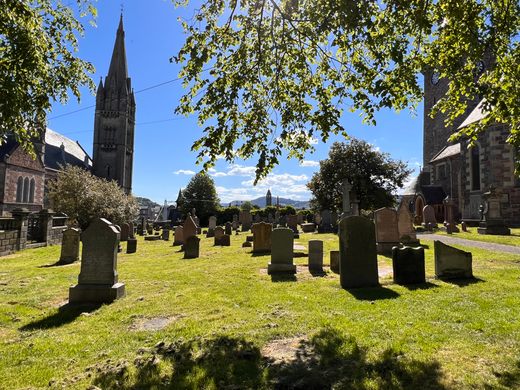
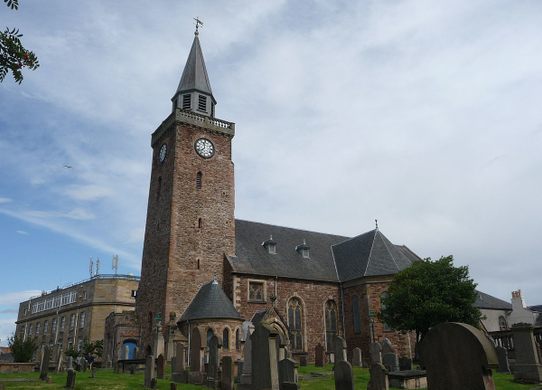
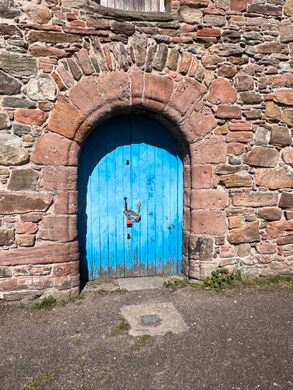
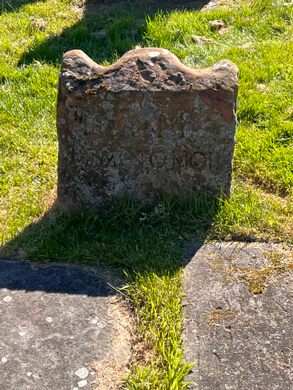
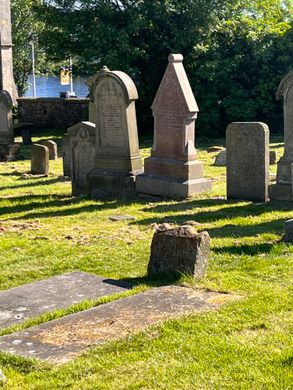
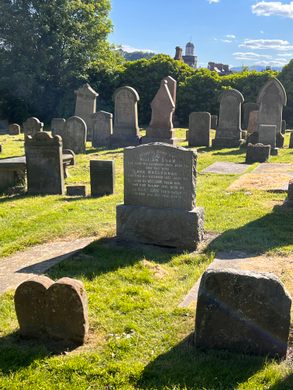


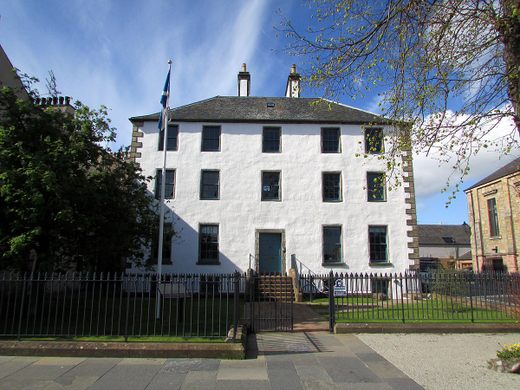
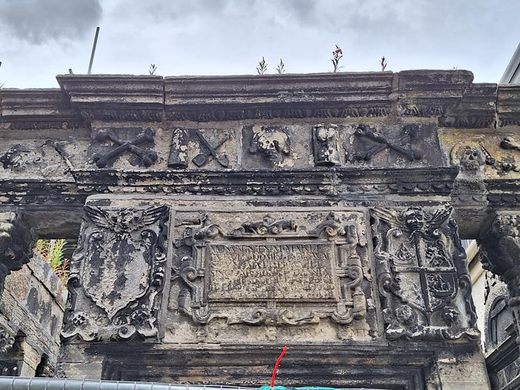
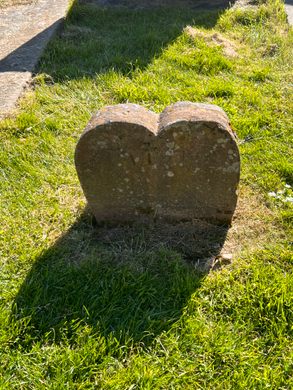





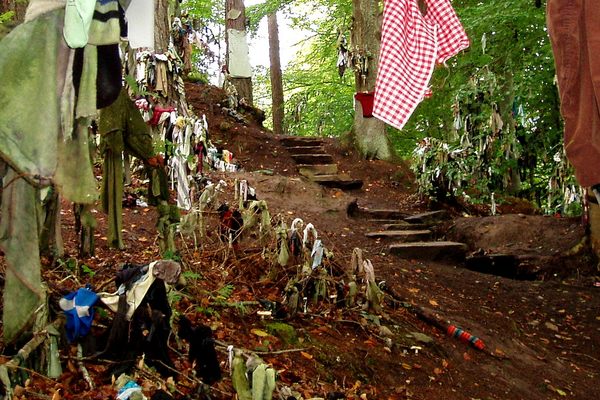






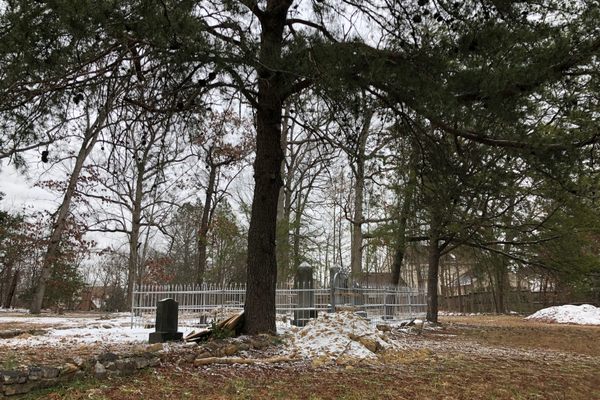

Follow us on Twitter to get the latest on the world's hidden wonders.
Like us on Facebook to get the latest on the world's hidden wonders.
Follow us on Twitter Like us on Facebook